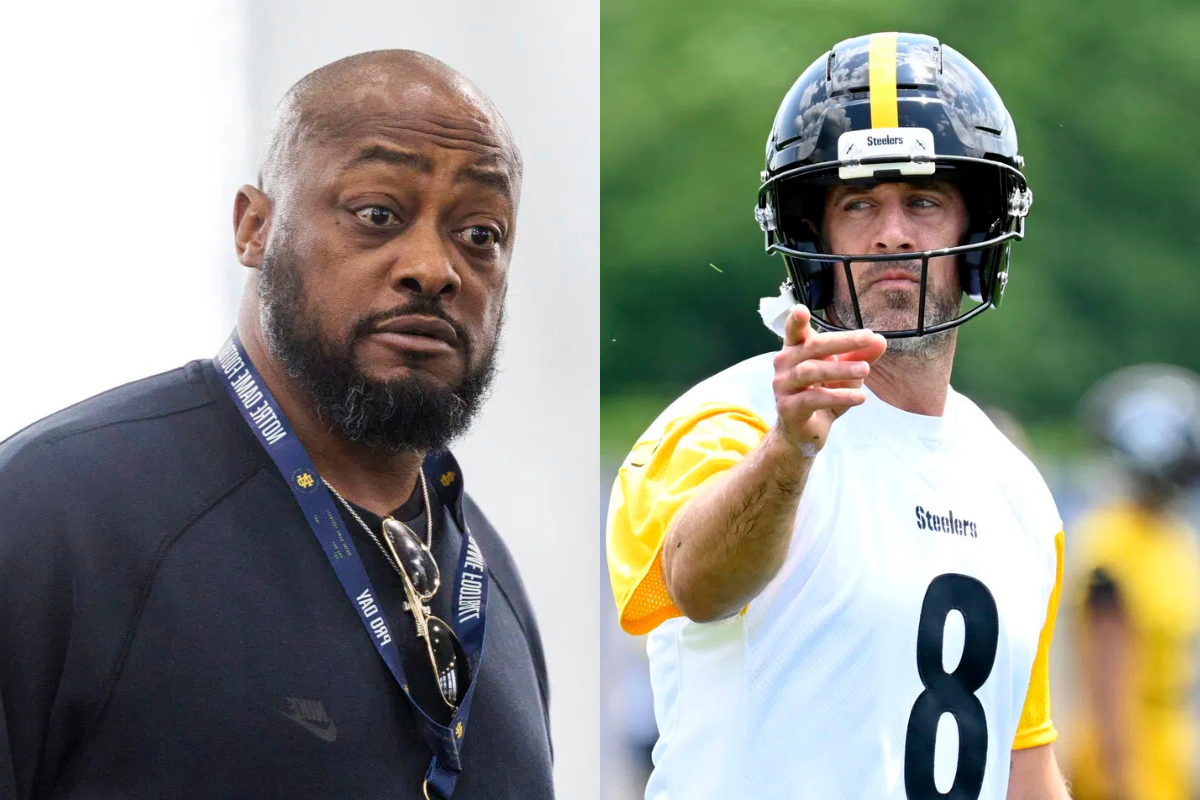
Imago
Credits: IMAGO

Imago
Credits: IMAGO
The Pittsburgh Steelers made headlines this offseason when they drafted the legendary Aaron Rodgers to the team. The excitement around the move quickly turned to skepticism. And why not? The Steelers became only the second team in NFL history to add a Super Bowl-winning quarterback, Rodgers, while losing another, Russell Wilson, in the same offseason. A rare feat previously pulled off by the 2023 New York Jets with Joe Flacco and Rodgers himself. Replacing Wilson with Rodgers is concerning. Because Rodgers may still have a higher ceiling, but Wilson arguably offered a safer floor.
Watch What’s Trending Now!
Former Jets teammate Christian Jones, talked about the move, saying, “Aaron Rodgers is the best quarterback out there left to help a team win football games… I do not believe they are making a mistake. But they have put themselves in a position where they have to wait on him.” Will that really be the case, though?
The way Pittsburgh went about it, waiting months and settling on Rodgers after failing to land Matthew Stafford or Justin Fields, paints the move as desperation masked as a strategy. Rodgers may bring the gravitas of a four-time MVP, but the numbers suggest his golden touch is fading. At the age of 41, his last elite season feels like a distant memory. Critics argue that Rodgers’s protection has been ‘downgraded.’ And it’s not just about age or rusting. Pittsburgh’s offensive line ranked 23rd in pass block win rate last season, per ESPN, allowing consistent pressure on quarterbacks. Even if Rodgers is healthy, this unit may not give him the time he needs to be effective. Can HC Mike Tomlin win this gamble?
ADVERTISEMENT
CBS Sports’ Douglas Claws weighed in with his take on the development in his report of ‘Breaking down Steelers by position,’ and he didn’t mince his words. The Steelers have indeed had a rather busy season, as they added players with a combined 26 career Pro Bowl selections, and moved on from Wilson, Fields, Najee Harris, George Pickens, Minkah Fitzpatrick, and more.
In his report, Claws wrote, “Talk about letting the air out of the balloon. The four-time MVP is more talented than Russell Wilson. But, he’s also 41 years old, hasn’t had a good season in four years, and comes with baggage. You could definitely argue this is a lateral move, but I’ll say it’s marginal improvement.” Well, the 2024 season gave a clear glimpse of A-Rod’s caliber to perform further. Noting that, Claws wrote, “Rodgers was one of the worst starters in the NFL last year (33rd in completion percentage over expected) but finished the season playing better ball and has more upside than Wilson.” And Claws isn’t out of line.
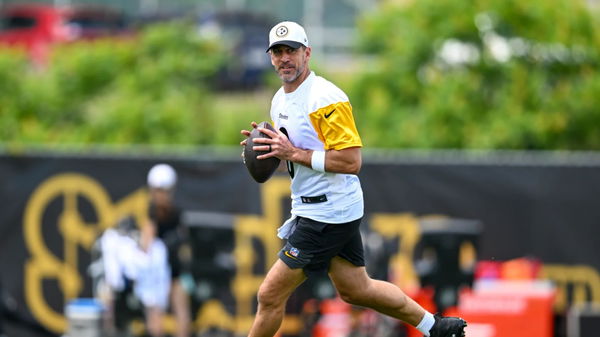
Imago
Credits: Pittsburgh Steelers Official Website
In 2022, before his Achilles injury with the Jets derailed his 2023 campaign, Rodgers had already begun to decline. His completion percentage over expected (CPOE) ranked him 33rd in the NFL, worse than nearly every other starter. His QBR dropped to 39.3, and he threw just 26 touchdowns to 12 interceptions, a stark contrast to the 48 TDs and 5 INTs he posted during his 2020 MVP season.
ADVERTISEMENT
So, as Tomlin tries to figure out a way to make the most of this gamble and Rodgers’ arrival in Pittsburgh comes with question marks about his age and protection, there’s no denying his immediate impact off the field has been anything but passive. You could even say he has taken over Tomlin’s role.
ADVERTISEMENT
Aaron Rodgers is leading the Steelers in the Malibu Camp
Picture this: Malibu sands, white tees, and a legendary QB, clipboard in hand, barking route calls like he’s the head coach himself. That’s the scene that emerged from a recent offseason remote camp, where Aaron Rodgers has reportedly assumed some of Mike Tomlin’s on-field leadership, long before Training Camp kicks off. The way it seems, in Malibu, Rodgers has been running a crash course in chemistry that resembles Tomlin’s style of leadership, but with the legendary quarterback calling the shots this time.
NFL analyst Mike Florio praised Rodgers’ proactive approach. Names like DK Metcalf, Roman Wilson, Scotty Miller, and Calvin Austin III were present at the camp and ready to learn under Rodgers’ guidance, and Florio addressed their session, saying, “There was some social media evidence yesterday of Aaron Rodgers making good on his vow to get his past catchers together with him in Malibu. That’s good. That’s critical for a guy who wasn’t part of the offseason program at all.” Mike Tomlin might be hoping for the same.
ADVERTISEMENT
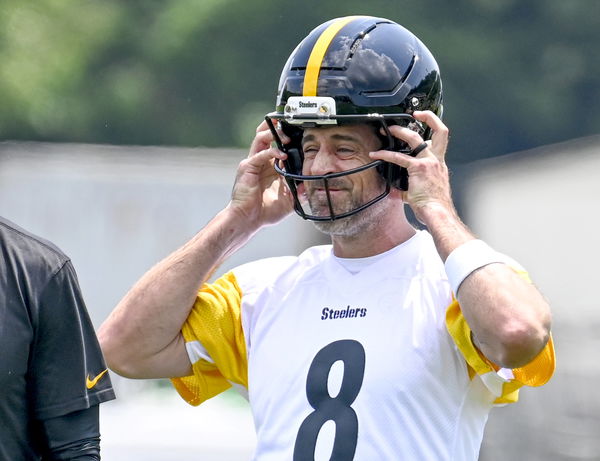
Imago
Newly signed Quarterback for the Pittsburgh Steelers Aaron Rodgers 8 dons a Steelers helmet and works out at the Steelers Mini Camp on June 10, 2025 in Pittsburgh. PUBLICATIONxINxGERxSUIxAUTxHUNxONLY PIT2025061003 ARCHIExCARPENTER
Florio also called out how Malibu is where Rodgers said years ago, “This is where you throw the interceptions. This is where you figure out where to place the ball.” Suggesting that Rodgers’s self-directed sessions mirror Tomlin’s process of trust-building, timing, and accountability. For a QB not officially part of the Steelers’ spring drills, Rodgers is transplanting culture. He is not only warming up his arm, but helping shape leader‑on‑the-ground habits typically left to the head coach.
Top Stories
Calls Mount Against Patrick Mahomes for Ignoring Travis Kelce Amid Chiefs Offensive Struggles

Maxx Crosby Demands Action From Pete Carroll After Raiders HC Blamed Locker Room

Ex-NFLer Leads Calls Against Refs’ Chiefs Bias After C. J. Stroud’s Texans Punished Twice

Jameis Winston Furious at Kevin Stefanski’s Mistake as Browns HC Clears Stance on Failed 2-Point Conversion
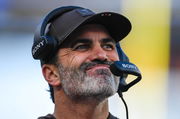
Baker Mayfield Ignites Locker Room “Frustration” as Buccaneers QB Speaks on Unfortunate Emeka Egbuka Incident
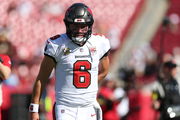
In bringing Aaron Rodgers to Pittsburgh, the Steelers may have made a risky bet on fading greatness. However, the early signs suggest Rodgers isn’t just showing up; he’s taking over. While questions linger about his on-field durability and protection, his off-field leadership, Rodgers is already reshaping the team’s culture. Whether this bold transition translates into wins remains to be seen. But one thing is clear: Rodgers isn’t just renting a jersey. He’s trying to leave a legacy in Pittsburgh, too.
ADVERTISEMENT
ADVERTISEMENT
ADVERTISEMENT
ADVERTISEMENT

